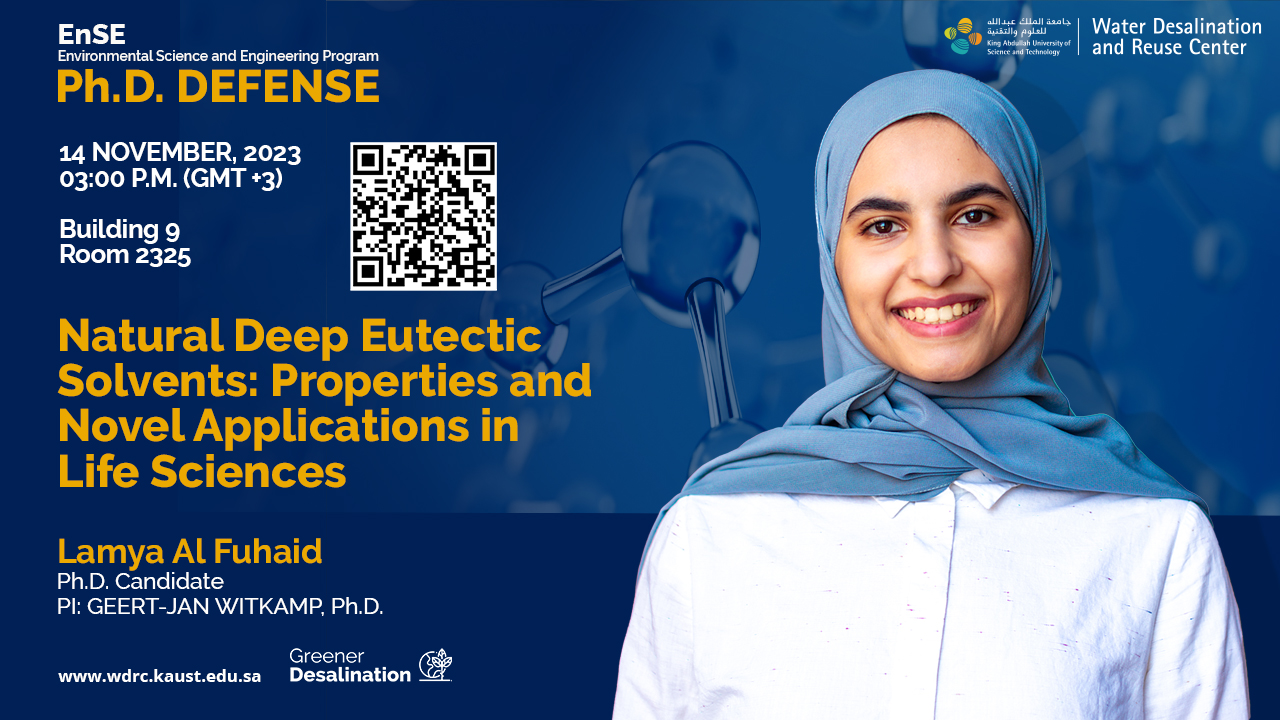



The remarkable potential of natural deep eutectic solvents (NADES) for replacing conventional organic solvents in various applications has been intensively demonstrated in recent years. NADES are composed of two or more hydrogen-bonded natural components forming low-melting-point liquids. The diversity of NADES associates them with wide-ranging properties and consequent application versatility. Bridging the gap between exploring NADES applications and investigating their physicochemical nature is necessary for a proper understanding and utilization. This work investigates fundamental aspects of NADES, using the betaine-urea-water (BUW) system as a model and explores some NADES applications in biomolecule extraction and stability. Specifically, it evaluates the (meta-)stability of NADES over time and investigates the supramolecular structural variations contributing to stability. Additionally, it assesses the time-dependent changes in the properties of NADES to establish a link between property and structure. Finally, it examines the ionic properties of the net-electrically-neutral BUW NADES and investigates the origin of their electrical properties. The water content and the ratio between the components were critical for the (meta-)stability of BUW. Proton nuclear magnetic resonance (1H NMR) was identified as a method to establish a solid-liquid phase boundary, allowing the prediction of ratios resulting in stable liquids. The electrical conductivity decreased continually over time, suggesting a dynamic state of the solvents. Atomic force microscopy (AFM) revealed that NADES have high effective ionic strength values, concluding that even net-electrically-neutral NADES behave as diluted electrolyte solutions. NMR structural analyses suggest that water-urea and water-betaine hydrogen bonds drive the dissociation of water in NADES, giving rise to electrical conductivity and dilute-electrolyte-solution properties. Moreover, NADES were employed for the extraction of the high-value carotenoids and the stabilization of RNA molecules. NADES were able to extract astaxanthin from wild-type and engineered algae in yields up to 204 and 79%, respectively, compared to acetone. Additionally, NADES maintained total RNA and messenger RNA (mRNA) for 21 days at room temperature (21 ˚C). The advantage of using NADES in applications is not limited to their high performance but also the development of greener approaches to existing and new technologies.
Al Fuhaid holds a Bachelor of Science in Life Sciences from Alfaisal University. In 2019, she obtained her Master of Science degree from KAUST, where she investigated the interplay between long non-coding RNA and protein complexes involved in epigenetic plasticity. Following her Master’s, Al Fuhaid joined Prof. Geert-Jan Witkamp’s group as a Ph.D. student in Bioengineering. Her research focuses on studying natural deep eutectic solvents (NADES) and exploring some of their novel applications in life sciences. During her Ph.D., she received the BESE Dean’s Award for outstanding academic achievements for 2021/2022, won first place at the 2022 Falling Walls Lab KAUST, and first place at the WEP 2023 Women to Impact challenge.